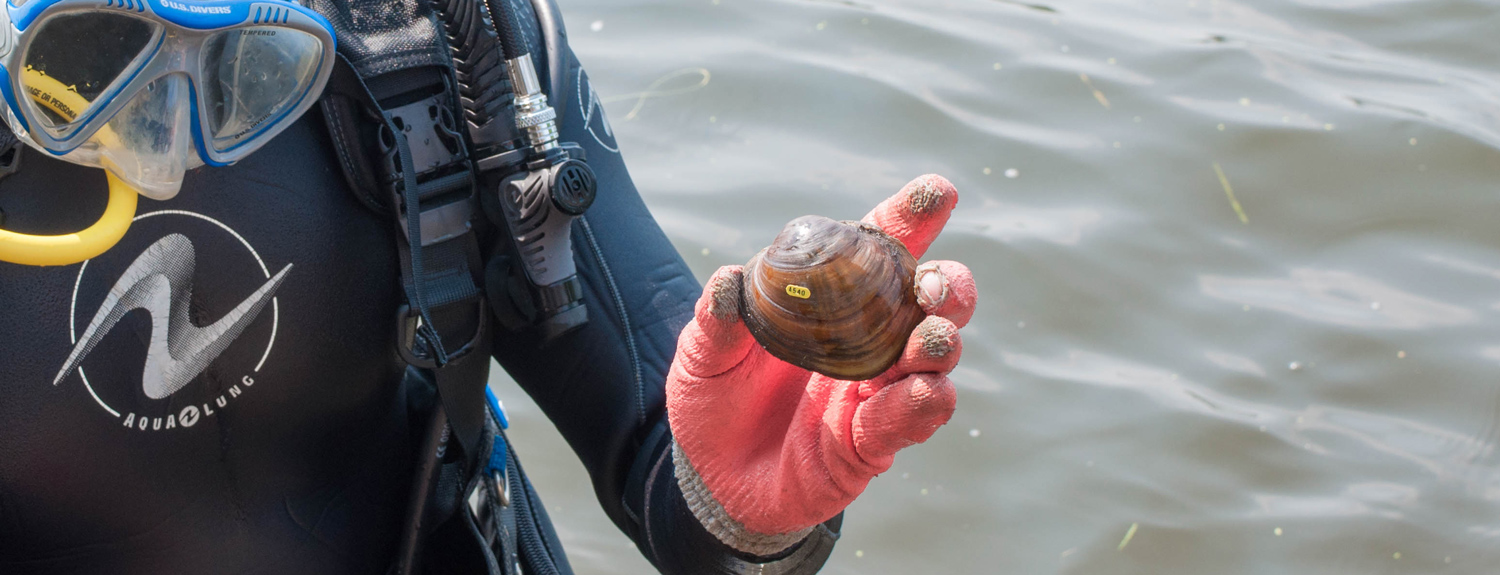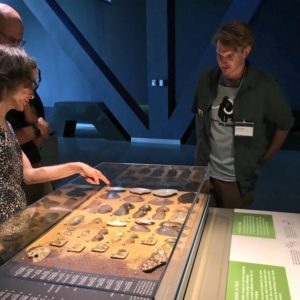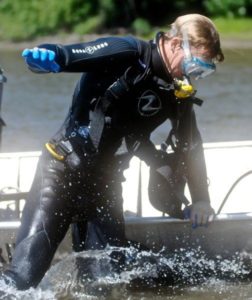
Sean Keogh
Research Q & A
What’s your hometown?
Wayzata, Minnesota
What are you currently working on?
I am using a group of bivalves to answer the question: Does form (shell shape) predict function? For example, do all bivalves with spherical shell shapes have a greater anchoring capacity? Do all individuals with laterally compressed (skinny) shells have elevated burrowing performances?
I am specifically interested in two different production mechanisms of shell shape: convergent evolution (two or more species independently evolving similar morphology) and phenotypic plasticity (within a single species shell shape varies in response to environmental cues). Both mechanisms can produce similar shell shapes and we observe similar shell shapes in the same environments. I am investigating if similar shapes produced via these two different pathways (convergent evolution and phenotypic plasticity) have identical function/performance.
How are you working toward that goal?
I am quantifying shell shape variation across all freshwater mussel species (Order Unionida) as well as shell shape variation within three morphologically plastic species. The Bell Museum award has been critical in supporting my research over the last year. It allowed me to travel to two natural history museums: Smithsonian National Museum of Natural History and the American Museum of Natural History to loan specimens for my research and facilitated the use of expensive technology, most notably computed-tomography scanning necessary to quantify shell shape.
Why are you focusing your work in that area?
I have become more and more interested in adaptation—traits that evolve by natural selection because they serve some function that enhances fitness. Early in my Ph.D. it was clear that most studies addressing this topic were somewhat flawed as they neglected either evolutionary history, quantification of traits, and/or some quantification of organismal performance.
This plus I am extremely interested morphological variation in all organismal groups but particularly in freshwater mussels.
Where are you working on research/field work?
I use natural history collections (especially the Bell Museum) and the X-ray CT Lab in the Earth Sciences Department to capture morphological variation.
What will your next steps/research be?
Future work will be in collaboration with St. Anthony Falls Laboratory to measure burrowing, anchoring, and locomotor performance of bivalves in experimental flumes.

Keogh explaining the diversity, ecology, and evolutionary history of his study system, freshwater mussels at the Bell Museum.

Keogh SCUBA diving on the Mississippi River for freshwater mussels. Photo credit: Clinton Herald

